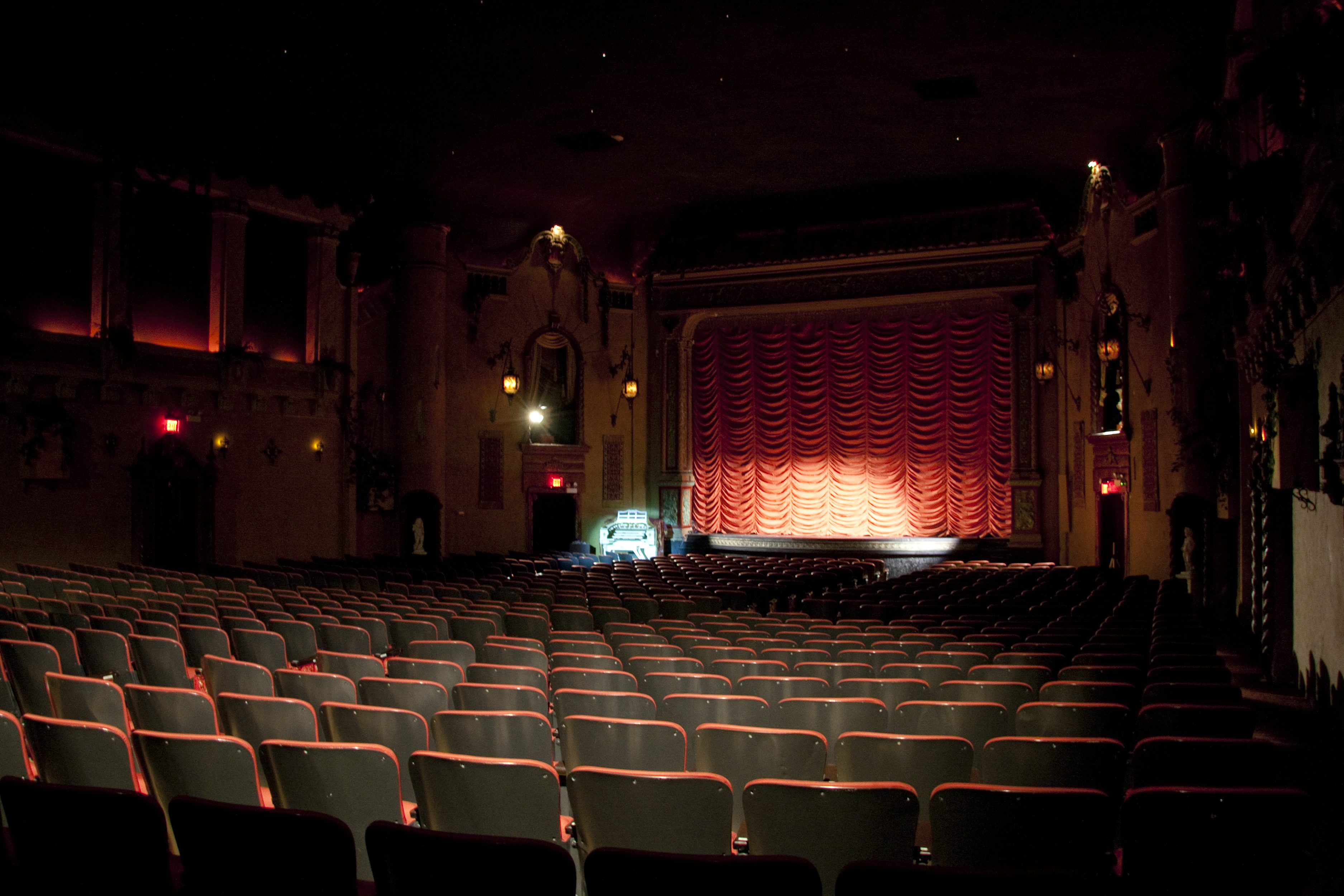Through Thursday of next week, the 51st Chicago International Film Festival will screen 208 foreign and independent films at the behemoth AMC River East 21. As theaters go, it’s as deluxe as they come, boasting 21 screens and sharing space with a bowling alley and steampunk arcade bar. It’s also a far cry from the festival's seedy birthplace, the Carnegie Theatre, and its home in the '70s and '80s, the Granada—both demolished in the '80s.
Which raises the question: With Chicago’s premiere art-film event planting roots at a major multiplex, how are the city's arthouses faring?
According to Barbara Scharres of the Siskel Film Center, not great—but not necessarily worse than during the Blockbuster era. “If you’re going talk about the past 10 to 15 years,” says Scharres, who’s worked at the theater for 40 years, “the whole exhibition landscape has changed—not only for [arthouses], but for every exhibitor of film. We’re all in competition with home video.”
The trick, she says, is programming quirk: the good, bad, and otherwise bizarre that you won’t find in even the darkest corners of the internet. Scharres points to Jean-Luc Godard’s critically divisive Goodbye to Language—an experimental essay film dubbed alternately brilliant and a snooze-fest after its 2014 premiere. The film ran for an unprecedented three weeks at the Siskel Center in January and drew massive numbers for the theater. “We took a pretty big risk installing 3-D throughout the theater at considerable cost,” Scharres says. “But we figured there were enough people out there who wanted to see that film. We get excited about the cutting edge, and we hope there’s an audience out there that still [does] too.”
But what a healthy dose of Jean-Luc hasn’t solved is the Siskel Center’s young-people problem: They aren’t coming in at a sustainable frequency, and that has implications for the future of the theater. “I know very well that this is the situation with arts venues across the board, whether you’re talking about art house exhibitors or the Chicago Symphony or Steppenwolf Theatre," Scharres says. "The audience skews older.”
At the Music Box Theatre in Lake View, programming director Brian Andreotti draws in young audiences by competing with other nightlife (in his mind a larger threat than Netflix). “People sometimes think the biggest competition for movie theaters is home entertainment,” says Andreotti, who’s worked as the century-old theater’s programming director since 1995. “But people are going to go out on the weekends, so that’s the audience we’re competing for.”
To do that, the Music Box has gradually shifted its focus to “eventized” programming, or, taking rare films and presenting them as interactive screenings including artist talks and fan festivals. For old souls, the Music Box runs a film-noir festival each August. At Halloween, slasher junkies gawk at the theater’s 24-hour horror marathon. With semi-regularity, guests can sing along to The Sound of Music and peacock with The Rocky Horror Picture Show. And once a month, crowds flock to the theater's midnight screenings of The Room, widely regarded as the worst film of all time and a top-seller for the Box. “If we had [exclusively] stuck with award-winning foreign-language film, I would imagine our audience would be aging,” says Andreotti. “But because our programming is so diverse, so is our audience.”
The effort seems to be paying off. In a 2014 survey of 20,000 attendees at 30 arthouses across the country conducted by theater organization Art House Convergence, the Music Box's attendance was 16 percent above average in the 25 to 34 age range and 8 percent above average in the 35 to 44 range. (The national median was about 50 years old.) “It doesn't surprise me,” says AHC managing director Barbara Twist, who helped conduct the survey. “[The Music Box] does so much community engagement; they have a bar.” Backed by the success, the Music Box team is not slowing down: They recently launched an annual membership program offering cheap tickets, private screenings, and freebies to avid viewers, and this spring they opened a lounge and second bar off the theater's lobby.
The Music Box’s vitality shows in more than the numbers, too. Asked to highlight the theater’s successes in 2015, Andreotti points to an email he received after screening the obscure Ukrainian film The Tribe. “I asked how the person had heard about the film," says Andreotti. “He said, ‘I saw the trailer when I saw The Third Man at the Music Box.’ Turns out, this was a high school student from the suburbs who was coming in to see these restored art films.” That level of curation, says Andreotti, is becoming rarer: “The thing about Netflix is it gets to know your viewing habits, but when you come to the Music Box, we’re gonna say, 'Hey now that you’re here, here’s a film you never would’ve heard of.'”



